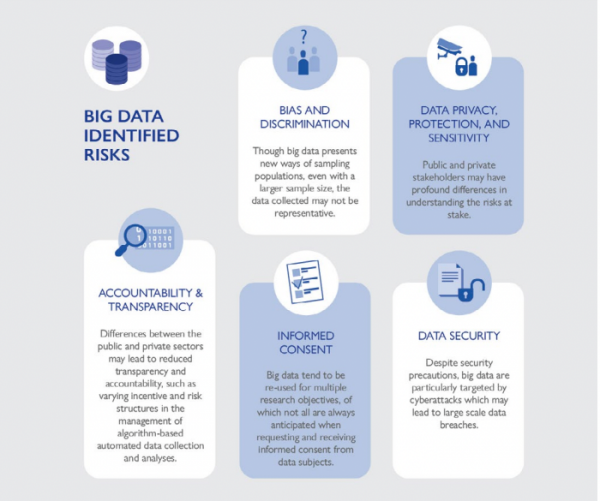Article by Karl Steinacker and Michael Kubach: “..Today, authorities all over the world are experimenting with predictive algorithms. That sounds technical and innocent but as we dive deeper into the issue, we realise that the real meaning is rather specific: fraud detection systems in social welfare payment systems. In the meantime, the hitherto banned terminology had it’s come back: welfare or social safety nets are, since a couple of years, en vogue again. But in the centuries-old Western tradition, welfare recipients must be monitored and, if necessary, sanctioned, while those who work and contribute must be assured that there is no waste. So it comes at no surprise that even today’s algorithms focus on the prime suspect, the individual fraudster, the undeserving poor.
Fraud detection systems promise that the taxpayer will no longer fall victim to fraud and efficiency gains can be re-directed to serve more people. The true extent of welfare fraud is regularly exaggerated while the costs of such systems is routinely underestimated. A comparison of the estimated losses and investments doesn’t take place. It is the principle to detect and punish the fraudsters that prevail. Other issues don’t rank high either, for example on how to distinguish between honest mistakes and deliberate fraud. And as case workers spent more time entering and analysing data and in front of a computer screen, the less they have time and inclination to talk to real people and to understand the context of their life at the margins of society.
Thus, it can be said that routinely hundreds of thousands of people are being scored. Example Denmark: Here, a system called Udbetaling Danmark was created in 2012 to streamline the payment of welfare benefits. Its fraud control algorithms can access the personal data of millions of citizens, not all of whom receive welfare payments. In contrast to the hundreds of thousands affected by this data mining, the number of cases referred to the Police for further investigation are minute.
In the city of Rotterdam in the Netherlands every year, data of 30,000 welfare recipients is investigated in order to flag suspected welfare cheats. However, an analysis of its scoring system based on machine learning and algorithms showed systemic discrimination with regard to ethnicity, age, gender, and parenthood. It revealed evidence of other fundamental flaws making the system both inaccurate and unfair. What might appear to a caseworker as a vulnerability is treated by the machine as grounds for suspicion. Despite the scale of data used to calculate risk scores, the output of the system is not better than random guesses. However, the consequences of being flagged by the “suspicion machine” can be drastic, with fraud controllers empowered to turn the lives of suspects inside out.
As reported by the World Bank, the recent Covid-19 pandemic provided a great push to implement digital social welfare systems in the global South. In fact, for the World Bank the so-called Digital Public Infrastructure (DPI), enabling “Digitizing Government to Person Payments (G2Px)”, are as fundamental for social and economic development today as physical infrastructure was for previous generations. Hence, the World Bank is finances globally systems modelled after the Indian Aadhaar system, where more than a billion persons have been registered biometrically. Aadhaar has become, for all intents and purposes, a pre-condition to receive subsidised food and other assistance for 800 million Indian citizens.
Important international aid organisations are not behaving differently from states. The World Food Programme alone holds data of more than 40 million people on its Scope data base. Unfortunately, WFP like other UN organisations, is not subject to data protection laws and the jurisdiction of courts. This makes the communities they have worked with particularly vulnerable.
In most places, the social will become the metric, where logarithms determine the operational conduit for delivering, controlling and withholding assistance, especially welfare payments. In other places, the power of logarithms may go even further, as part of trust systems, creditworthiness, and social credit. These social credit systems for individuals are highly controversial as they require mass surveillance since they aim to track behaviour beyond financial solvency. The social credit score of a citizen might not only suffer from incomplete, or inaccurate data, but also from assessing political loyalties and conformist social behaviour…(More)”.

